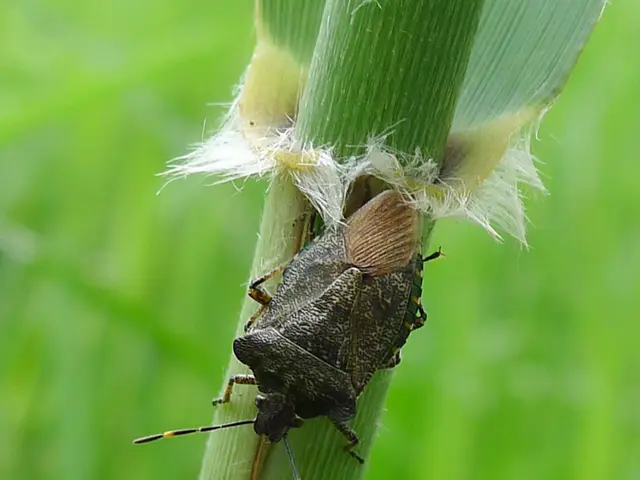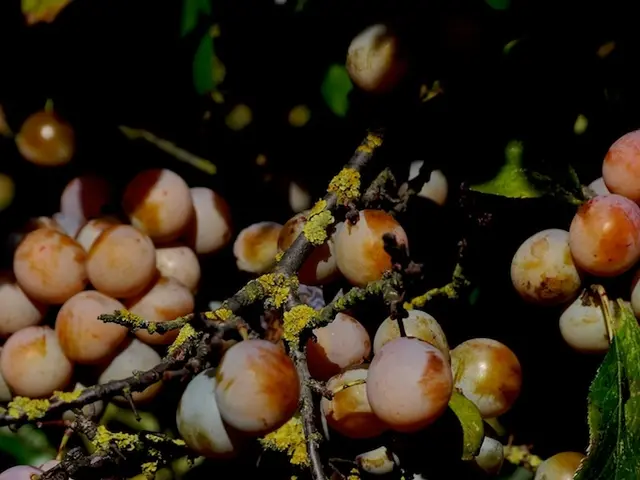Equipment Essentials for Novice Fly-Fishermen
Discover the Allure of Fly Fishing in the Northeast
Embark on an enchanting angling adventure in the Northeastern regions, where the chance to cast your line in pristine mountain streams or tranquil, sun-kissed ponds awaits. Experience the thrill of solo angling, as you connect with nature and strive to reel in native species such as brook trout and landlocked salmon.
Thanks to the conservation efforts led by the Appalachian Mountain Club, Maine's 100-Mile Wilderness stands as an ideal destination for fly fishing enthusiasts, whether they're newcomers or seasoned anglers. Attend the AMC's annual Fly Fishing Festival or opt for a stay at the Little Lyford Lodge & Cabins for easy access to renowned fishing spots like the Pleasant River, Little Lyford Ponds, and the Roach River.
Moose sightings are an added bonus for those seeking a captivating experience at Little Lyford Lodge and Cabins.
Fly Fishing: Unraveling the Fundamentals
Delve into the essential components of a fly-fishing rig, ensuring you're equipped to match the environmental conditions and intended catch.
Rods – available in weights ranging from 0 to 9 – are designed to handle specific fish sizes. In the Northeast, with its predominantly smaller trout species, a 5-weight rod is generally a versatile choice for beginners. These rods, typically made from ultralight graphite composites, boast cork handles that conform to your hand over time.
Reels - though they primarily function as line holders - have seen significant improvement and affordability in recent years. Choose a reel that suits your rod's weight range, such as die-cast aluminum models for more affordable options or precision-machined aluminum reels for enhanced quality.
Line – the weight of which provides casting mass – consists of four connected elements: backing, fly line, leader, and tippet. The backing connects to the reel, while the fly line connects to the backing. Fly lines come in various weights and materials, with most floating on water and some designed to sink.
Leaders and tippets are thin lines that connect the fly line to the fly, shrinking in diameter from butt to tip and coming in lengths of around 9 feet and 4X–6X, respectively.
Flies - which mimic indigenous insects - come in wet and dry forms. Dry flies, the most common choice, float on the water, making them a suitable starting point for beginners. Wet flies, used for nymphing, are intended to sink. To find the optimal flies for your specific needs, consult a local fly-fishing shop or outfitter.
Some other essential gear includes a multipocketed vest or waistpack, small scissors, compact fly box, extra line, hemostat, dry fly floatant, soft case for storing your fly rod, and a rigid case for transporting it securely.
A number of starter kits are available, offering essential gear at a reasonable price, making it easy for beginners to immerse themselves in the art of fly fishing.
Now, gear up and dive headlong into the captivating world of fly fishing. The water awaits!
Engage in a harmonious blend of outdoor-living and home-and-garden activities by pairing your fly fishing adventure with a stays at the Little Lyford Lodge & Cabins, where moose sightings are an added bonus. As you delve into the lifestyle of fly fishing, acquaint yourself with the various components of a fly-fishing rig, such as rods, reels, lines, leaders, tippets, and flies, to ensure you're prepared for the Northeast's pristine mountain streams and tranquil ponds. Whether you're a beginner or an experienced angler, the allure of fly fishing awaits, offering an exciting blend of sports, nature, and tranquility.







